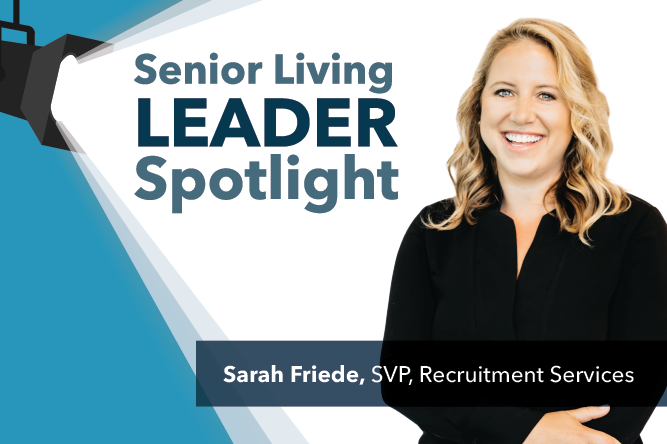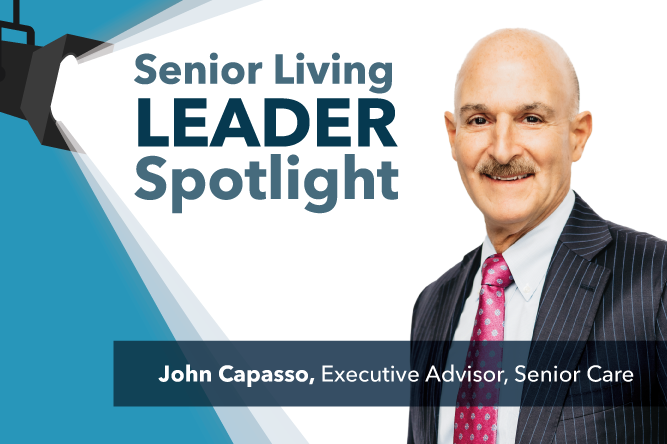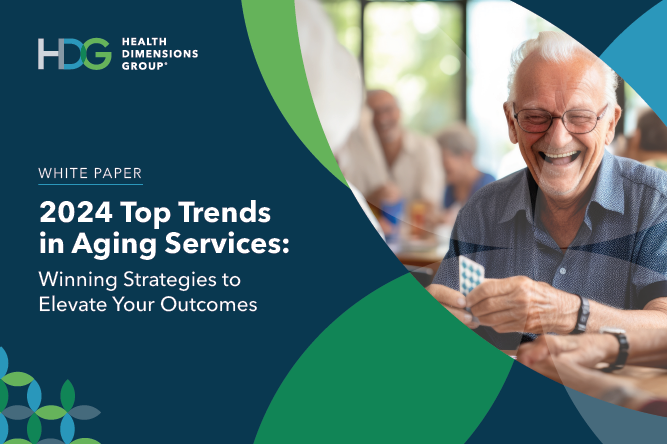Insights
Subscribe to Our Insights:
Explore Our Services

Comprehensive Senior Living & Care Management & Consulting
Whether you need operational support, strategic insight, or are ready to build a long-term management partnership, HDG provides the level of support you need.
Who we serve

HDG Supports All Stakeholders in Aging Services
We provide the know-how and talent needed to enhance care and service for senior living and care communities, health systems, hospitals, PACE organizations, developers, and all of their industry partners.











